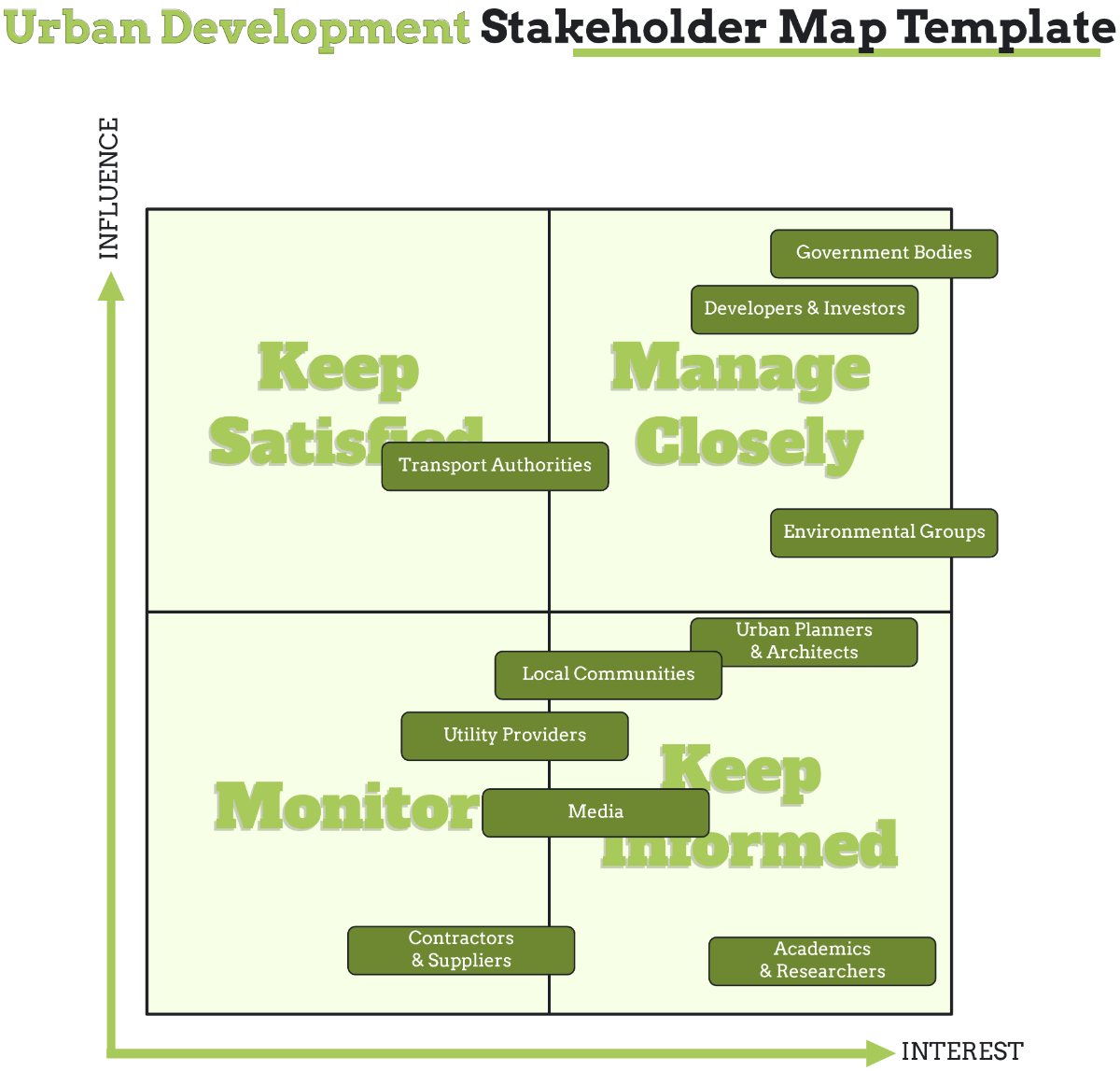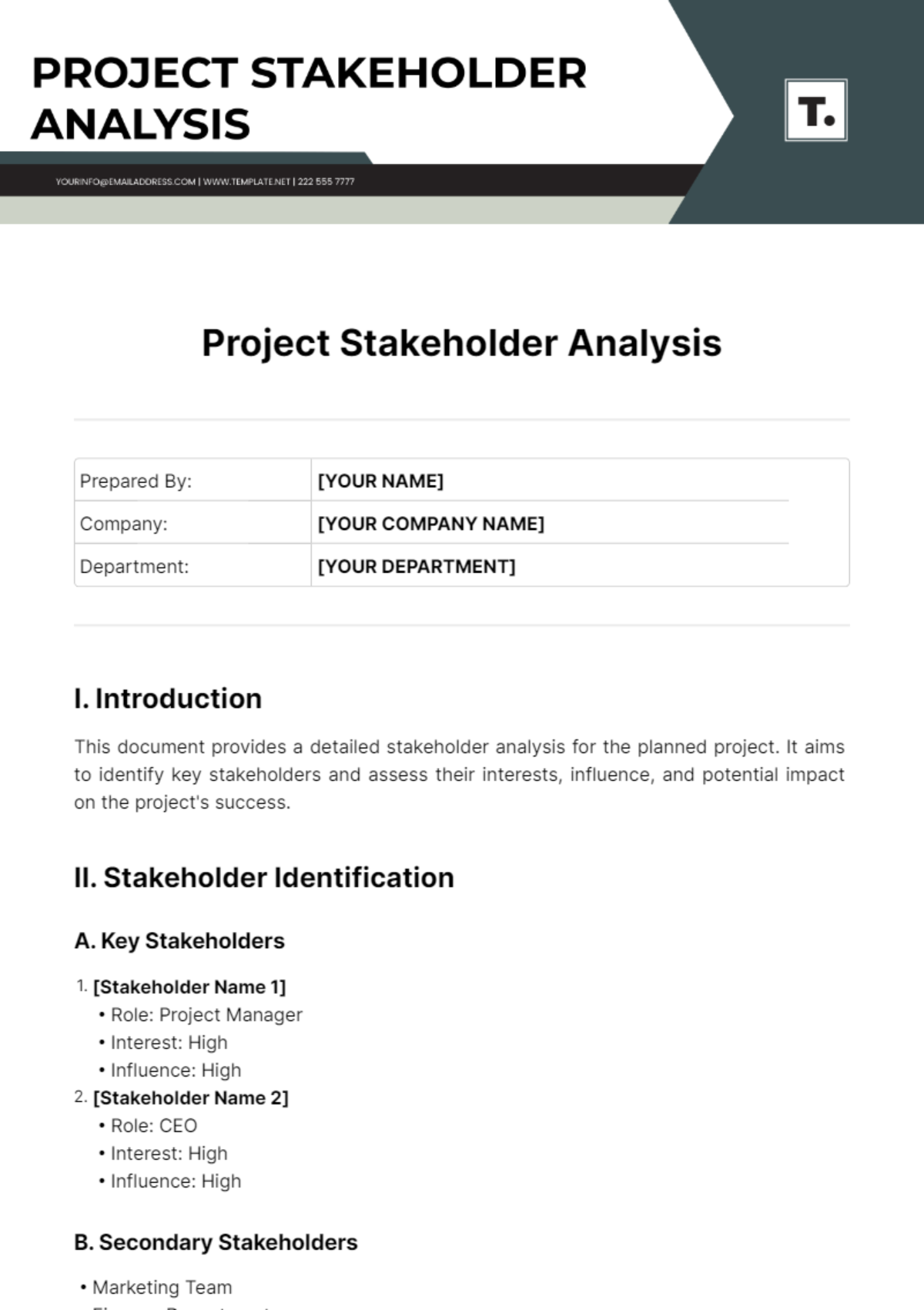Free Stakeholder Analysis Research Design
Enhance your research projects with Template.net's Stakeholder Analysis Research Design Template. This editable and customizable template provides a comprehensive framework for identifying, analyzing, and engaging stakeholders effectively. Tailor this template to your specific needs and ensure stakeholder interests are adequately addressed. Editable in our Ai Editor Tool, it offers a user-friendly interface for quick adjustments and refinements




